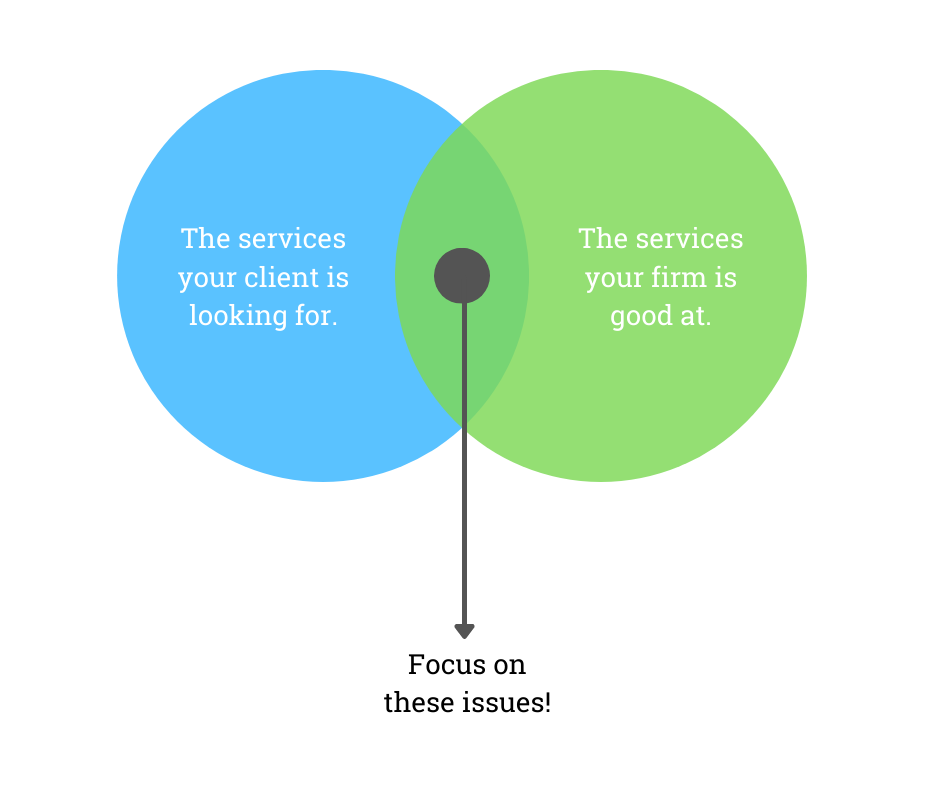So you’ve got your content marketing strategy all laid out, but somehow it’s not working? B2B content marketing strategies often fail because they are either too promotional or not focused on the customer’s needs. In this blog post, we will explore some of the common mistakes that marketers make with B2B content marketing and how you can avoid them.
The content isn’t relevant to your target audience
One of the most important reasons your content fails is that it is not relevant to your target audience. Your content won’t perform well if written only in the context of what you know and care about. It is only when you produce content that intersects what you know with the key priorities of your client that it can be truly relevant.
The second reason is, content needs to be produced with “discipline”. Writing literally about everything you know will not cut it either – think from your audience’s perspective. They’re trying to figure out what exactly you are good at. Listing 50 different services on your website raise confusion among customers. Don’t leave them hanging with “what does this company really do?”
Think about a couple of services that are critical to your firm’s growth, intersected with the problems and challenges that keep your prospective clients up all night. This will help you uncover some finite set of issues around which you should then produce your thought leadership.

A few criteria to consider when choosing your content topics:
- Write on topics that are not likely to go away in a short period of time.
- Relevance to your services and customers.
- Aim for issues where there is a lack of consensus on the solution.
When content is promotional >>> educational in nature
How often have you come across a company’s article full of posts about their new office, direct plus for their services, or any other promotional stuff? There is time and place for that kind of post, but B2B or any other professional companies don’t want to be sold or marketed until they’re ready. So, if it’s all they have to read, chances are, they aren’t going to visit you back. Instead, if in that first impression wow ’em with expertise that solves their problems, the experience is game-changing.
The content marketing strategy is all about sharing your expertise, not selling products. Creating a big promotional brochure without any educational or relevant thought leadership will turn prospects away from the beginning of their funnel. As opposed to this, give them educational content and encourage prospective clients to enter your funnel where you can continue to share your expertise to build enough trust to turn them into a client.
Content that exists only on your website
You need to do more than post your content just on your website for your content to work magic. Social media channels where your audience is networking should be a home for your blogs and articles. The more you promote your content via social media, the more referral sources and prospective clients will see it — & overtime, come to recognize your organization for its expertise and quality content.
You should also consider publishing your content in digital publications your audiences read. Or where your competitors are placed.
Content that’s inconsistent
To be credible, you need consistency in your content. Develop standards and styles that work for the organization so everyone can live with them- no matter who writes or creates new content. Maintain a content calendar because it helps avoid the “set it and forget it” syndrome by helping keep track of when certain things are due.
At CrowdTamers, we create new content every day of the week from Tuesday – Friday. Given how much new content is produced almost every day, keeping track can get difficult. But, we maintain a content calendar that helps us move the cadence. You can check out the template here.
The most common question asked is, “how much content needs to be produced?” Honestly, there’s no magic number for it. The right rhythm for your firm will depend on the resources you have as well as how aggressively you need to track.
Content that’s not being measured
At last, content strategy is vulnerable when companies don’t measure their performance correctly. The image below illustrates the improvement model of content marketing. You must continually build your content, measure how it performs, learn from what works, and then factor those lessons into the following content round.

For tracking, you need to include at least metrics like total website traffic, social media traffic, webinar attendees, blog views, guest posts, downloads of your premium content, and attendance at speaking events, etc.
By avoiding these common pitfalls as you develop your content marketing strategy, your organization can improve how it meets your prospective clients’ need for information on essential topics. More importantly, you’ll also convey a level of expertise and accessibility that will make them want to do business with you in the future.



